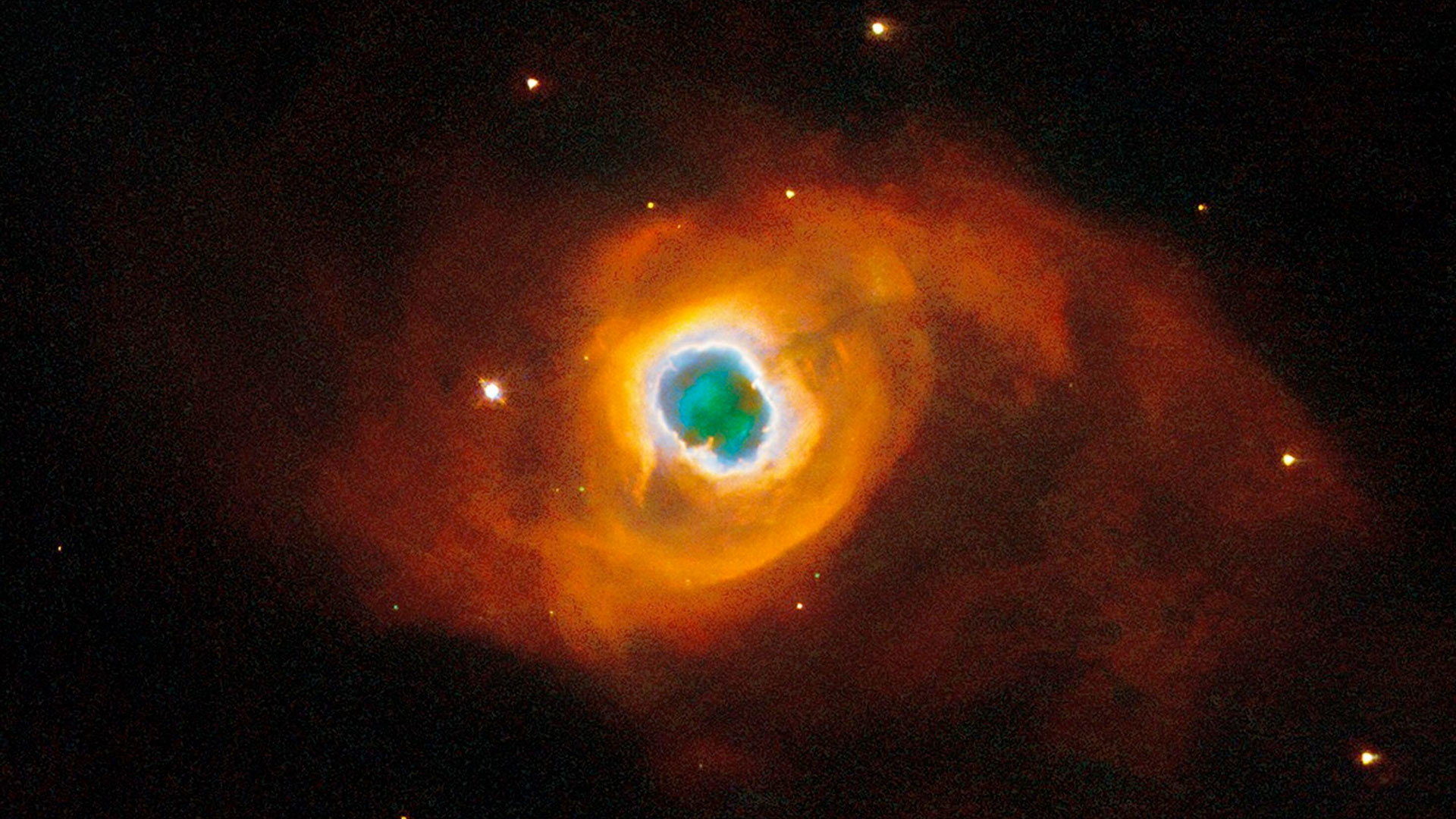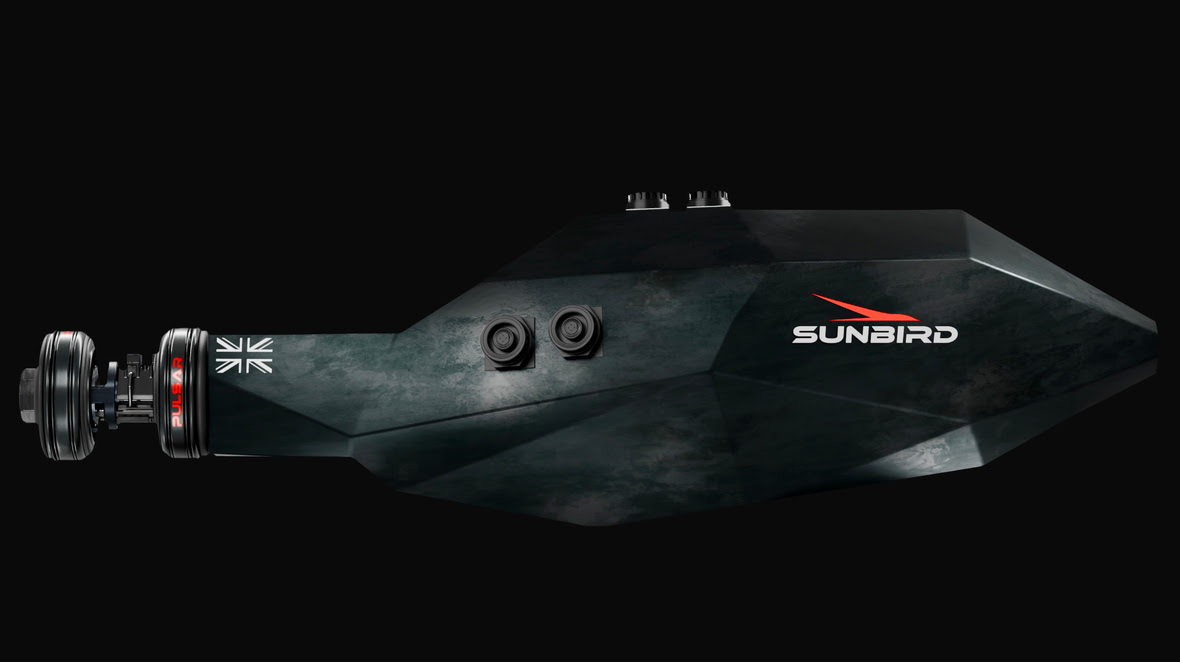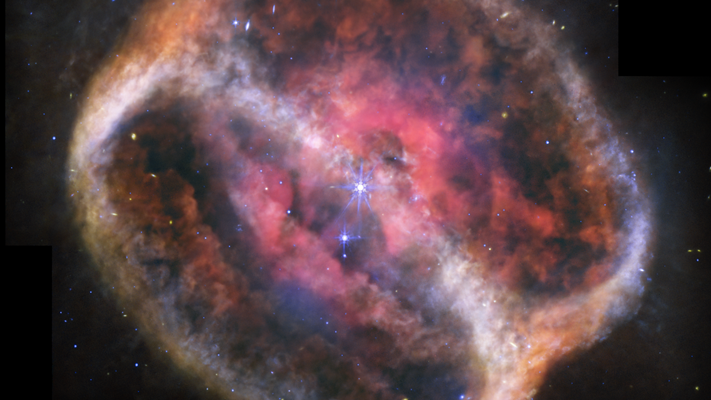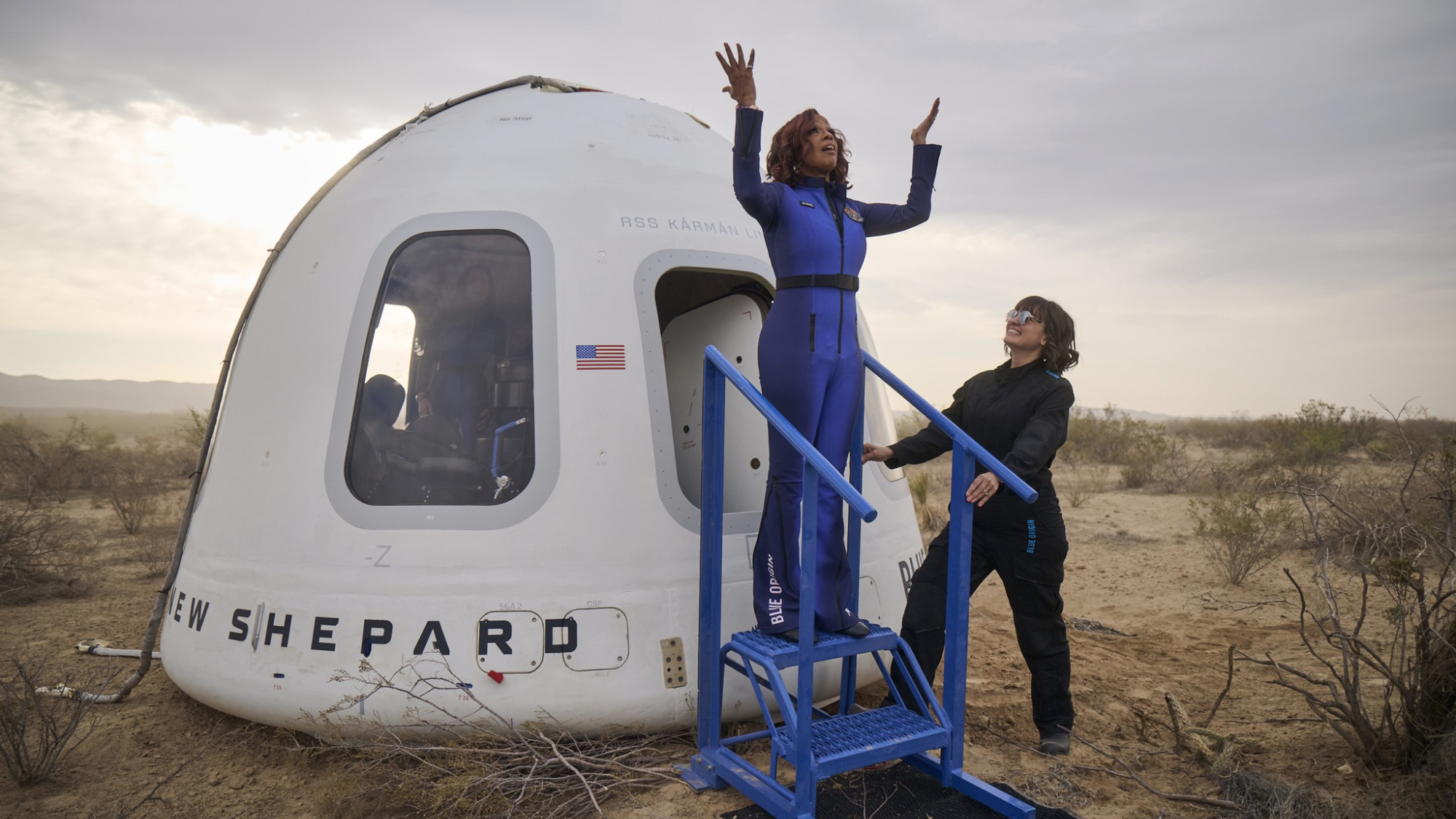With space agencies racing to the moon, scientists are making a lunar 'time zone'
"The proposed framework underpinning lunar coordinate time could eventually enable exploration beyond the moon and even beyond our solar system."

The idea of living on the moon poses quite a few challenges. Some of those challenges seem fairly obvious: we need to acquire oxygen to breathe, we need to bring or grow food from Earth, and we need to make some kind of habitat to live in. But there are also a number of other, less familiar, and even somewhat surprising challenges — like how hard it is to accurately clock time on the moon.
As NASA's Artemis program, which aims to return humans to the moon in the near future, strides forward, the agency will definitely need ultra-precise timekeeping to ensure things like reliable communication with Earth and safe spacecraft maneuvers. And it isn't just NASA trying to get to the moon. Space agencies, and even commercial space companies, are racing to get to the lunar surface in coming years. Sure enough, in a new study, researchers from the National Institute of Standards and Technology (NIST) may have finally solved the long-standing problem of designing a reliable clock for lunar living.
Here on Earth, we use atomic clocks to keep meticulous track of time. Atomic clocks are exactly what they sound like; they're a way of measuring time using the properties of an atom. These brilliant little inventions are used for many of the technological advances we rely on today, especially GPS.
If Artemis astronauts and future citizens of the moon want Google Maps to direct them to the nearest lunar crater, they’ll need precise clocks to make space GPS a reality — but we can't just use the same atomic GPS clocks as we do on Earth.
Related: Newly discovered cave on the moon could house future lunar astronauts
Why? Well, just like everything in the universe, atoms are subject to the force of gravity. Inconveniently, the gravitational force of the moon makes atomic clocks there tick faster by about 56 microseconds per day when compared to an equivalent atomic clock on Earth. This might seem like a small amount, but it's enough to add up and start disrupting systems that rely on exact timing.
Things get even more complicated when you're trying to communicate between Earth and the moon, all thanks to Albert Einstein's theory of special relativity. Someone on Earth won't measure the same time as someone on the moon, as time passes differently for each of those observers. Imagine you're trying to meet up with someone at a specific place and time — but you only know the general neighborhood to go to (remember, no Google Maps!), and your clock is running hours late compared to your friend. It'll definitely be a challenge to make that encounter happen smoothly.
Get the Space.com Newsletter
Breaking space news, the latest updates on rocket launches, skywatching events and more!
The NIST researchers solved this problem by creating a new "moon time" reference for timekeeping — sort of like coordinated universal time (UTC) here on Earth.
"It's like having the entire moon synchronized to one 'time zone''adjusted for the moon's gravity, rather than having clocks gradually drift out of sync with Earth's time," said NIST physicist Bijunath Patla in a statement. "The goal is to ensure that spacecraft can land within a few meters of their intended destination," he added.
This is the first step towards a lunar GPS system, allowing for complicated coordination between satellites and inhabitants on the moon. As NASA begins planning for a long-term lunar base and perhaps even mining operations on the moon, this will be a key technology to develop.
"The proposed framework underpinning lunar coordinate time could eventually enable exploration beyond the moon and even beyond our solar system," Patla said in the statement. "Once humans develop the capability for such ambitious missions, of course."
The study was published on Aug. 12 in The Astronomical Journal
Join our Space Forums to keep talking space on the latest missions, night sky and more! And if you have a news tip, correction or comment, let us know at: community@space.com.

Briley Lewis (she/her) is a freelance science writer and Ph.D. Candidate/NSF Fellow at the University of California, Los Angeles studying Astronomy & Astrophysics. Follow her on Twitter @briles_34 or visit her website www.briley-lewis.com.
-
Classical Motion Just use UTC with Earth’s incident longitude. 56 usec/day is not much. The network is handshaking all the time. Embed a timing signal with it. And we have aerial(sat) photos for trail maps.Reply
Besides, only UTC is relevant. For us. Lot’s of trouble and money for such a small demand.
It would just be more clutter.









